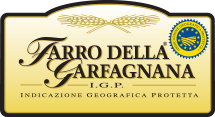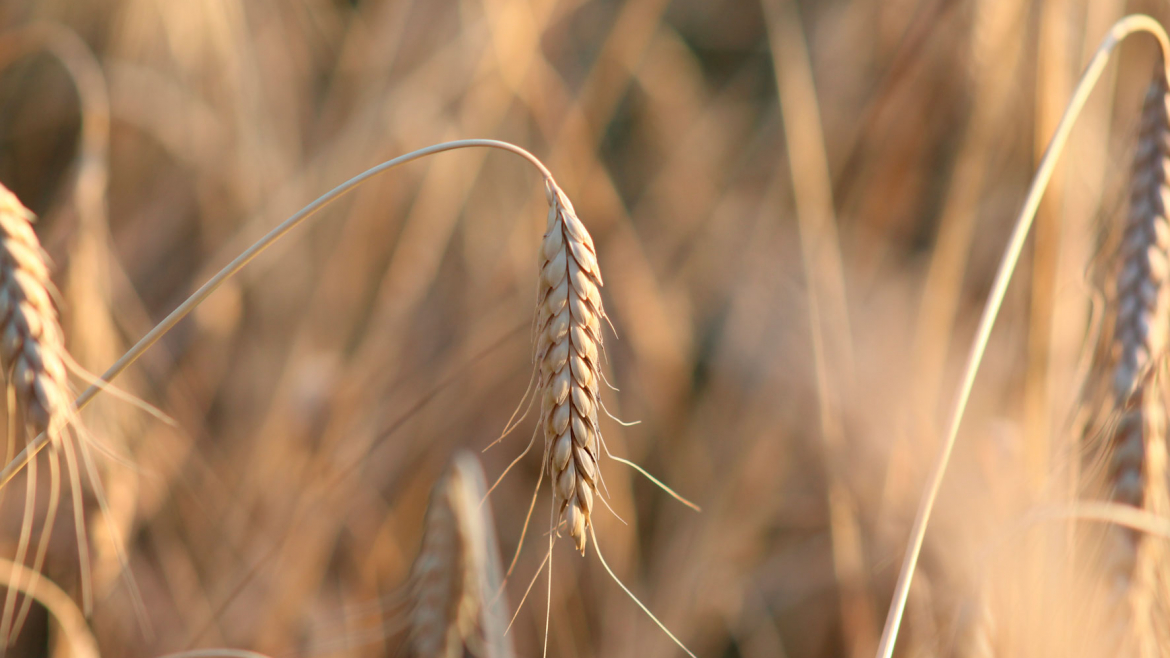The History of spelt
Spelt is one of the oldest grains used by man, whose cultivation dates back to around 7000 BC. It was a fundamental food for the Assyrians, Egyptians and other ancient peoples of the Middle East and North Africa. It is probably originally from Palestine, where a native species of spelt (triticum dicoccoides) is still widespread. Nomadic shepherds are thought to have exported this crop to all the then-known regions. It has been cultivated in Italy since the Bronze Age. In fact,
spelt seeds have been found among the clothing of Ötzi the Iceman, which has been dated to approximately 2000 BC.
It was widespread in Greece, where it was called “olyria” or “chondros” on account of the bright white flour it gave rise to and then became the main dish of the Romans, who began to intensively cultivate it during their progress throughout the Mediterranean. In Rome, “puls” (or farratum) was considered a dish of good omens, a sign of abundance and fertility. This is why it was traditionally offered to newlyweds. Moreover, together with salt, it was a substantial part of the centurions’ pay.
Mola salsa” was also very popular, which was made with toasted spelt flour and salt, and “Libum” (a sort of spelt cake) which was offered to the Gods during the propitiatory sacrifices. All the rural gods, but in particular Demeter, the Goddess of agriculture, were offered salt and spelt grains to propitiate a good harvest during the “ides of March”.
It is also mentioned in the Bible (Ezekiel 44-30) with the Hebrew name “Arisab”, meaning spelt. This grain is still the main ingredient of national dishes in Lebanon, Libya, and almost all of the Middle East today, albeit with different names (Taboulé, Kibbé, Salf). These dishes are generally quite similar, as a sort of very dense stew of “soaked” spelt (either raw or cooked) mixed with chickpeas, mint, olive oil and pepper, then stuffed in tender, freshly sprouted fig leaves.
Another popular dish is the “Lebanese Kibbé”, consisting of soaked and boiled spelt with sheep meat cooked in tomato sauce. “Libyan Kibbé”, which is also common and well known in Tunisia and Morocco, is instead made of soaked and boiled spelt, fish fillets, chopped squash and chopped walnuts. Spelt has also been widely used for medicinal purposes and there are many ancient texts that report cures with this precious food.


